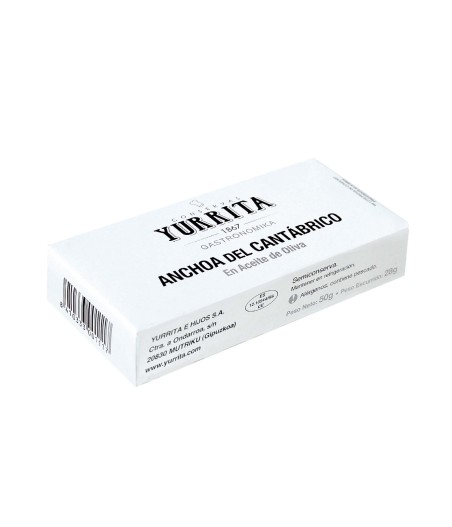Cantabrian canned anchovies: the best canned anchovies in the world
Our canned anchovies
1- What are anchovies?
Small anchovies are elaborations extracted from the European Anchovy. This is one of the most popular and most complete oily fish, essential to have a healthy and balanced diet. What distinguishes anchovies from other preparations is its elaboration method.
Its consumption has several health benefits. This fish has a long history until it has become one of the most popular and valued canned fish today. The best known places for their production are Cantabrian anchovies and anchovies from La Escala.
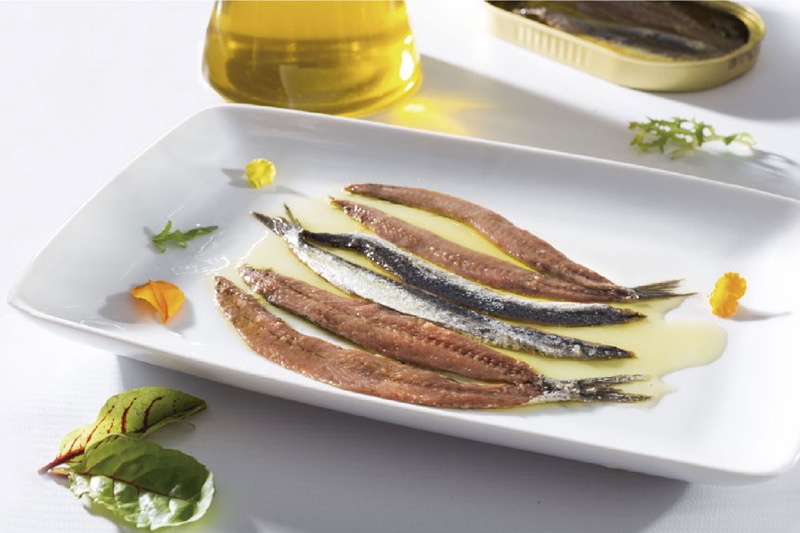
-
What properties do anchovies have?
This fish is very rich nutritionally. Mainly, it is very rich in omega-3 fatty acids and proteins of high biological value. In addition, it is a source of A, B, D, E and K vitamins and it is very rich in essential minerals such as potassium, iron, sodium, phosphorus, magnesium and calcium.
-
What are the health benefits of anchovies?
Anchovies have numerous health benefits. Their main benefits are the following:
- They are rich in magnesium, so they contribute to intestinal transit.
- Improves muscle function.
- It prevents anemia because they are very rich in iron.
- It contributes to the proper functioning of the thyroid gland because it contains iodine.
- It is very rich in folic acid. It is highly recommended during pregnancy because it contributes to the good growth of the fetus and the correct development of the brain.
- It has a lot of calcium. Its consumption is highly recommended for people suffering from osteoporosis.
- They contribute to improve the immune system thanks to its magnesium and vitamin A content.
- Thanks to its high omega-3 content, it reduces the risk of cardiovascular diseases, helps reduce HDL (bad) cholesterol and triglycerides.
- Being rich in vitamin E, they have a powerful antioxidant effect. They also contribute to the creation of cells, thanks to its vitamin A.
2- Preparation of canned anchovies
We find different methods of preparing canned anchovies. The best known and most traditional is that of salted anchovies.
-
Anchovy salting process
-
Firstly, the anchovy is captured.
-
Afterwards, the pieces are gutted and headed.
-
Later, the salting process is made by alternating layers of anchovy and layers of sea salt. This process consists of dehydrating the anchovies and lasts about 6 months.
-
The next thing is to remove the salt and the skin. Many producers make it by hand so that it does not deteriorate it and does not lose its flavor.
-
Finally, they are dried on special cloth. The skin remaining and the bone are removed. They are cut into fillets and packed.
-
Types of packaging of canned anchovies
-
Canned anchovies in olive oil
Canned anchovies in olive oil are the most common to find in the market. The anchovies are caught during March, April, May and June and are placed in salted water between 1 and 3 days until they are completely bled. After the process of salting, maturing and cleaning the pieces, they are canned and filled with refined special olive oil.
-
Canned anchovies in pickle
Anchovies in pickle are preserved in brine, consisting only of water and salt as a preservation method. In general, these types of preserves are sold in glass jars and are prepared at the moment.
-
Other types of canned anchovies
We can also find canned anchovies with sunflower oil or pickled. In the latter, one of its main ingredients is vinegar, which helps to keep them in perfect condition. In Jamonarium, you can find canned Cantabrian anchovies in olive oil.
-
Semi-preserved anchovies
Most of the anchovies on the market are semi-preserved. The main difference is they have to be kept fresh. The best thing to do is to keep them in the least cold part of the fridge. If they are not opened, you can also store them in a cool, dry place and away from heat sources.
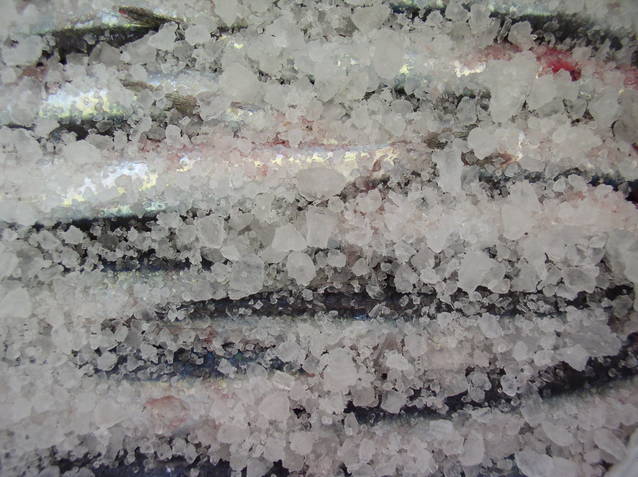
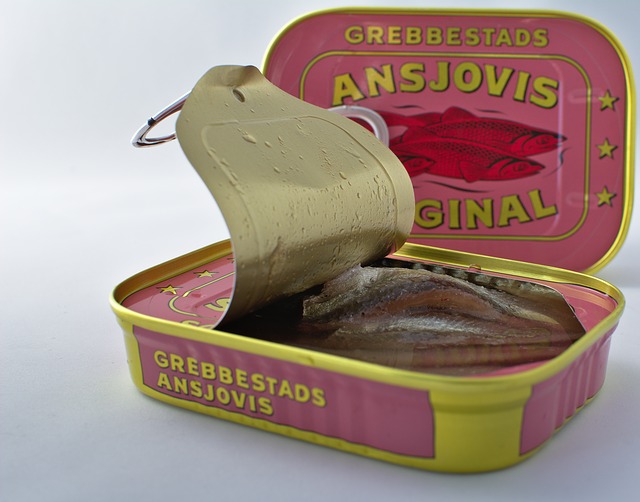
3- The history of anchovies
Anchovies have Italian origin. According to history, an Italian named Giovanni Vella came to the town of Santoña at the end of the 19th century, around the year 1880. Previously, no anchovies were fished in Santoña or in the Cantabrian Sea in general. Italy was the largest producer of anchovies at that time and they needed to supply the growing demand of the European and American market. He was sent by Importer Angelo Paroli for this purpose.
Giovanni Vella fell in love with a woman from Santoña, Dolores Inestrillas, and decided to establish her permanent residence there. They both founded a very innovative company for their time.
-
What is the origin of canned anchovies?
With the arrival of the tinplate, they came up with the idea of removing the skin and bone, making fillets, rolling them in capers and rubbing them in cow butter. This happened in 1883. They had this idea because they thought that cleaning the anchovy was a very laborious job for the consumers. The first canned anchovies were marketed under the name "La Dolores".
-
Evolution of canned anchovies to the present day
Canned anchovies didn’t change that much since their origin. The preservation techniques proposed by its creator were so revolutionary and innovative at the time that they are still used today.
Few years after the creation of cans, research began on new ways in which the strong flavor they had could be softened. Initially, they were kept in butter to soften their strong flavor. Finally, it was decided to preserve them in olive oil to reduce costs.
To know more about the conservation and consumption of sardines and other preserves.
4- How can we identify quality anchovies?
Distinguishing quality anchovies is very simple by doing very simple checks. By simply following these simple steps, it will be much easier to distinguish authentic quality Cantabrian anchovies.
-
Look at the oil in which they are packed
The authentic quality Cantabrian anchovies are packed in olive oil. Ideally, the oil should be bright and clean and its flavor should be mild to enhance the flavor of the anchovy.
-
Anchovies size
Normally all the fillets have the same size (or at least, similar) and they are presented in order. The perfect thing is to find them whole and clean inside the container in which they are kept.
-
Anchovies texture
Ideally, the texture of the anchovy should be smooth and not too fine. The thickness of the anchovy is an important point so that they retain their properties and juiciness as much as possible.
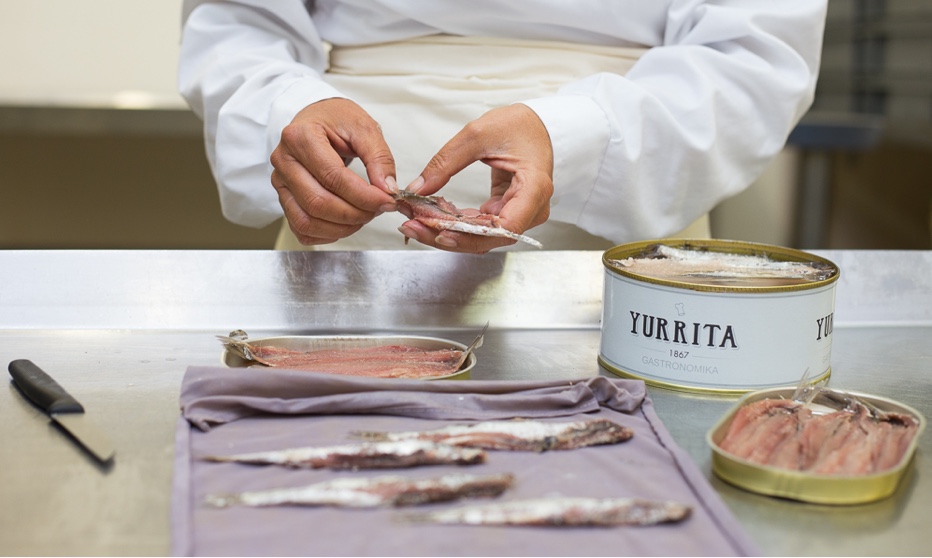
Our canned fish
5- Types of canned anchovies in the world
Around the world we can also find different species of high quality anchovies. Most of the producing countries are in Europe, but we can also find them from various parts of America.
-
Canned anchovies in Spain
-
Anchovies from Santoña / Cantabrian anchovies
Santoña anchovies are also known as Cantabrian anchovies. These are the best known of all for their quality, recognized and appreciated around the world. Its flesh is reddish, has an intense aroma and a smooth texture.
-
Mediterranean anchovies / l’Escala anchovies
Mediterranean anchovies or l’Escala anchovies are also highly appreciated and are caught in the Mediterranean Sea. They are quite similar to the Cantabrian anchovies, although they are smaller and with a milder flavor. They have a lower amount of fat than the Cantabrian anchovies due to the living conditions.
Especially known are the anchovies from L'Escala, a small town in l’Empordà known for the production of these preserves.
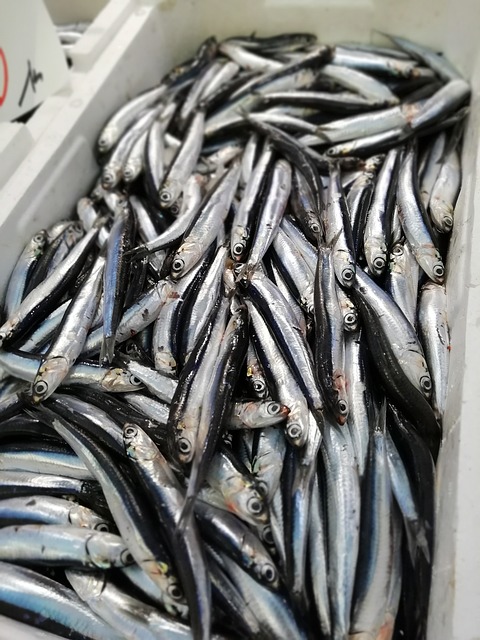
-
Canned anchovies in Europe
-
French anchovies
The French anchovy is also known as Collioure anchovy. These anchovies have the distinction of Protected Geographical Indication and, like the Cantabrian, can be presented in olive oil, in pickle or with salt. As their name indicates, they are caught in the town of Collioure, in the Pyrenees area, located southern France.
-
Anchovies from Portugal
In northern Portugal, the catch of anchovy is also very typical. Although its tradition is relatively recent and is only some decades old, its recognition is growing. Its production method is practically the same as that of Cantabrian anchovies. Their pickles in which they are preserved may vary, such as tomato or teriyaki sauce.
-
Canned anchovies in America
-
Anchovies from Argentina
In the area of Argentina you can find anchovies of the "Engraulis Anchoita" type. They have a long and thin body. It is quite similar to the Cantabrian anchovies, but it has the hardest and most difficult bone to remove. If it is prepared with care, it can become really tasty.
-
Anchovies from Peru and Chile
The anchovies that can be found in this area are of the "Engraulis Ringens" type. Its body is quite similar to that of the Cantabrian anchovies, with many scales, short and rounded. It has an intense and somewhat metallic flavor.
We can also find other species of anchovy in other areas of America (as in the United States), Asia (as in China or Japan) or Africa (as in South Africa). Different qualities may be found among them.
6- What are the differences between different anchovies?
The differences between anchovies of different kinds are practically minimal. Basically, it is the production method by which both types of canned fish have been prepared.
Both preparations are extracted from the same fish. At the time to consume it fresh, it is called European anchovy. When it is made through a salting process, they are called anchovies. Finally, when its preparation is done by marinating the fish with oil and vinegar, it is called marinated anchovies.
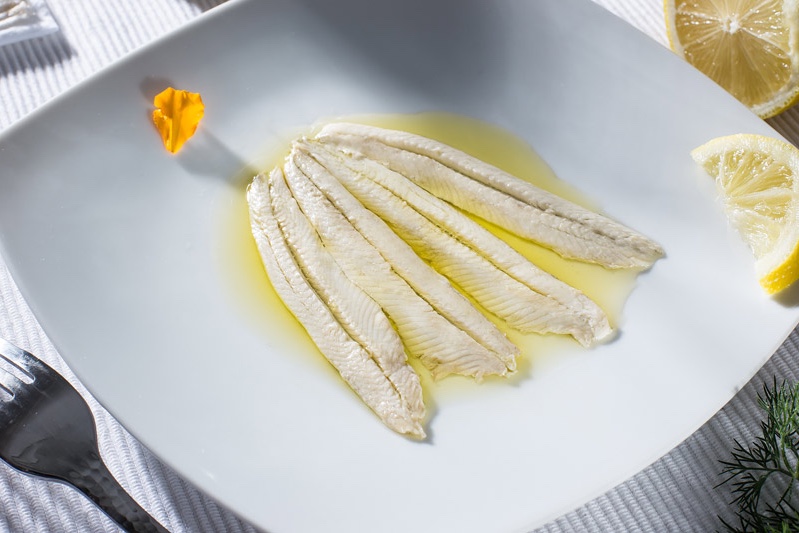
7- Recipes with anchovies
-
Avocado with anchovies and black olive vinaigrette
Ingredients:
- Bread
- Avocado
- Tomatoes
- Anchovies
- Olive vinaigrette
Elaboration method:
- We cut the bread and toast it a little.
- We cut the tomato into slices.
- We cut the avocado to taste.
- We add some anchovies and the olive vinaigrette.
-
Anchovy canapé with tomato and cream cheese
Ingredients:
- Bread
- Cream cheese (you can put any cheese)
- Tomatoes
- Anchovies
Elaboration method:
- Spread a layer of cheese on the toast
- Chop the tomato and place it on top of the cheese
- Place the anchovy on top of the tomato
-
Tomato, anchovy and quail egg:
Ingredients:
- Cherry tomatoes
- Anchovies
- Quail eggs
Elaboration method:
- Cook the quail eggs in water for about five minutes.
- We peel them before they get cold
- Cut the cherry tomatoes into halves
- Assemble the skewer: egg, half a tomato and an anchovy. You can assemble it in the order that you prefer.
-
Anchovy toast with egg
Ingredients:
- Bread
- Cream cheese to spread
- Dijon mustard
- Anchovies
- Lettuce
- Onion
- Egg
- Black pepper
Elaboration method:
- Boil the egg to later make slices
- Cut the onion
- Wash the lettuce and cut it small
- Put a cream cheese base on the toast
- Add the black pepper and a touch of mayonnaise
- Assemble the toast with a little lettuce, egg, a couple of anchovies and a little onion. If you want, you can add dill to garnish.
 4,9 / 5
4,9 / 5 





